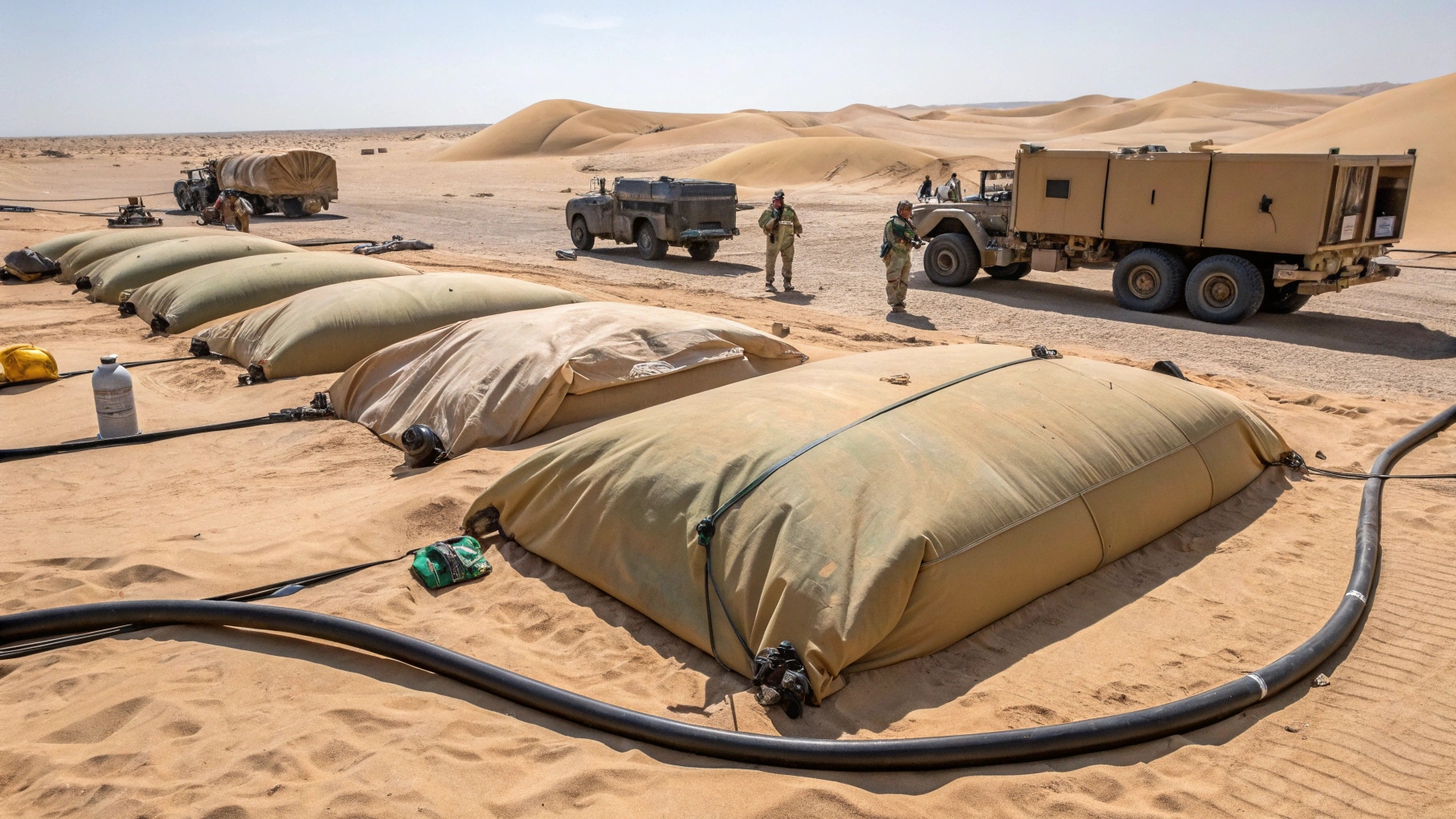
General Dynamics Land Systems (GDLS) and Parry Labs have announced a strategic partnership aimed at rapidly advancing digital integration across the U.S. Army’s ground combat ecosystem. Combining GDLS’s decades of armored vehicle design and production know-how with Parry Labs’ modular software stack, edge-computing fabric, and AI-enabled infrastructure, the collaboration seeks to provide a comprehensive, end-to-end software delivery environment tailored for modern combat platforms. At its core, the alliance is intended to streamline the flow of software updates, simplify sensor and subsystem integration, and shorten the timeline from development to front-line deployment — changes that could materially lower program costs while accelerating fielding cadence for new capabilities. The partnership will focus on aligning vehicle hardware architectures to open-standards software practices already emphasized by the Army’s major modernization initiatives — including the Optionally Manned Fighting Vehicle and Next Generation Combat Vehicle programs — which rely on modular, upgradeable systems to accept frequent software and sensor insertions. Parry Labs will bring containerized software delivery, automated validation pipelines, and edge compute orchestration to GDLS platforms, enabling distributed processing at the vehicle or formation edge rather than depending solely on remote cloud resources. GDLS contributes mature vehicle integration experience, production pipelines, and a deep understanding of ruggedization and platform sustainment — critical for translating software advances into military-operable capabilities. The companies plan to showcase the integrated approach at the AUSA 2025 exposition in Washington, D.C., where demonstrators are expected to highlight faster update cycles, improved sensor-to-shooter timelines, and reduced integration risk. Officials framed the work as part of a broader trend in defense: moving from bespoke, platform-locked systems to federated, software-upgradeable architectures that keep vehicles relevant across technology refresh cycles. By reducing the time and complexity of software rollouts, the partnership aims to ensure soldiers receive tested, secure updates quickly — a shift that could improve operational agility and lower long-term sustainment costs across the ground combat fleet.






